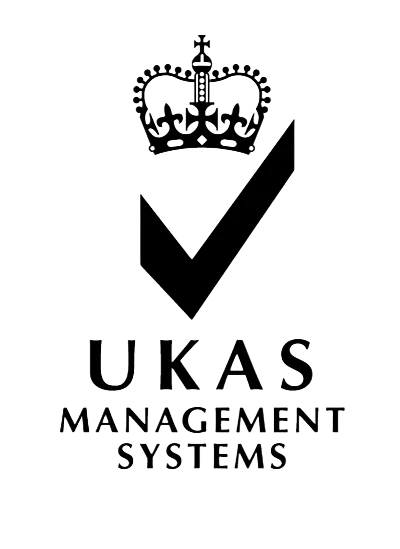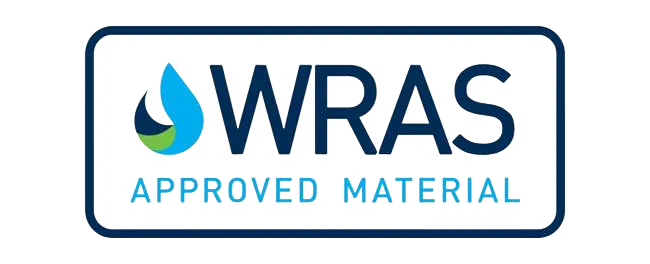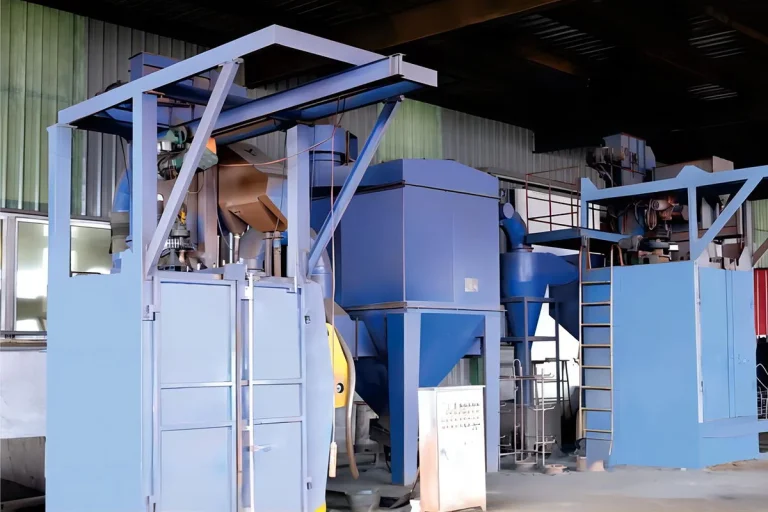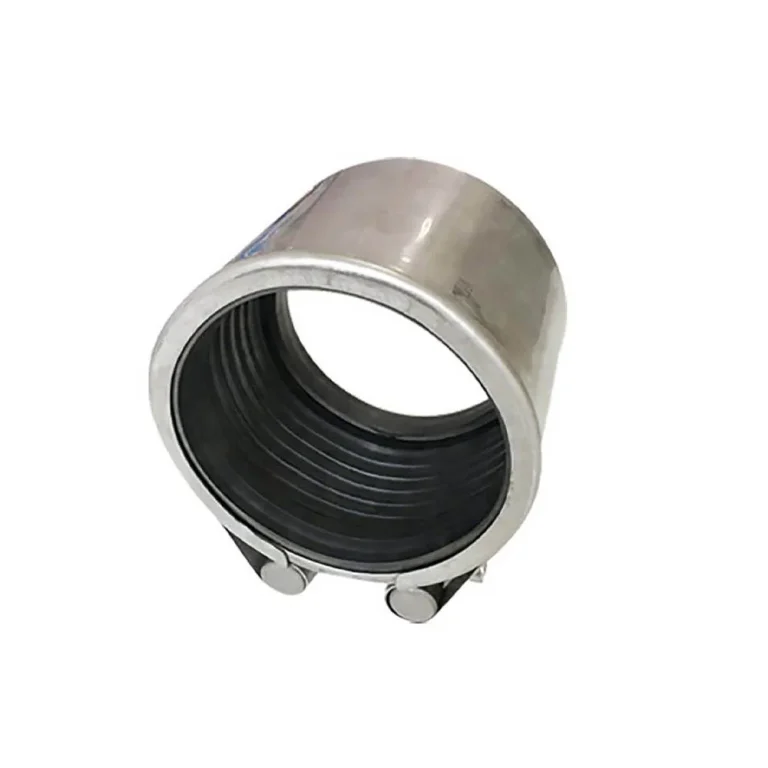The Value of Leak Detection in Avoiding Pipe Breaks
Grasping the Effects of Hidden Leaks
Leaks that go unnoticed can seriously harm infrastructure. They cause damage over time if not spotted. When water escapes undetected, it wears away soil near pipes. This weakens their support and can lead to fractures. Such issues mean expensive fixes and create safety risks. Reliable leak detection helps tackle these dangers. It spots problems early, before they grow worse.
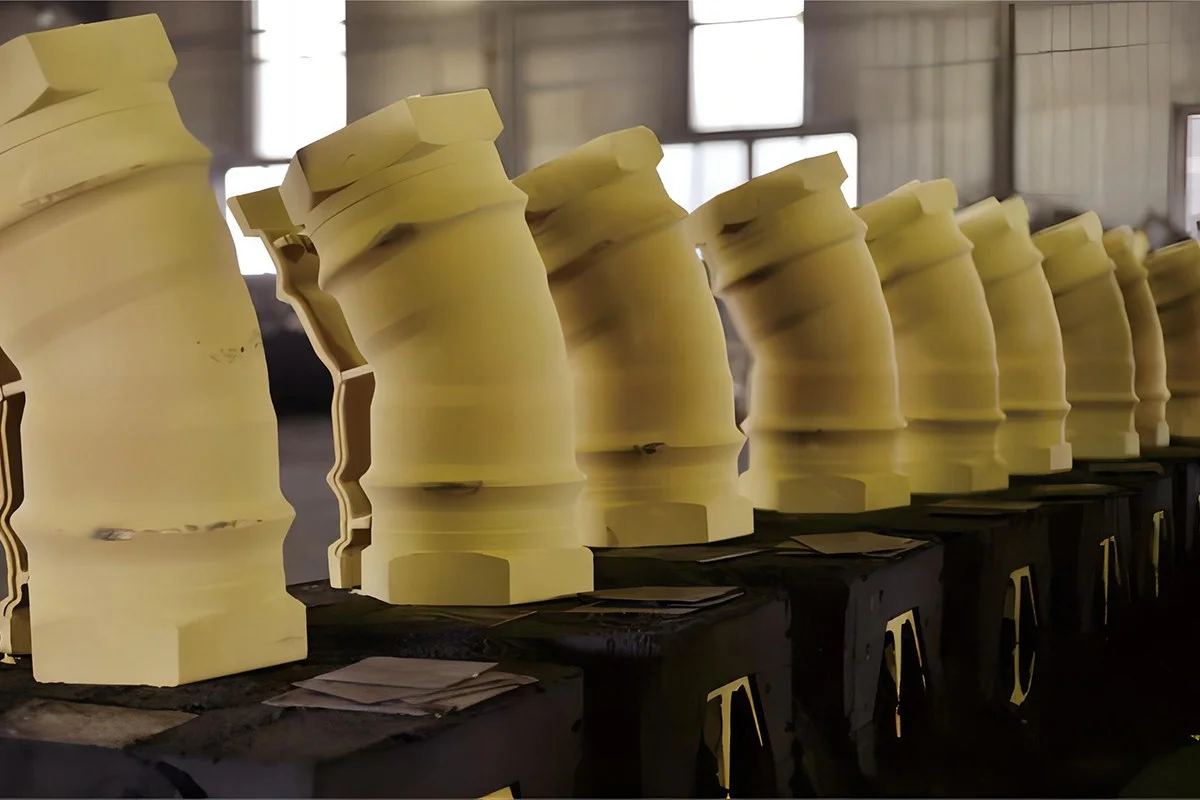
How Leak Detection Boosts Infrastructure Durability
Leak detection is key to making infrastructure last longer. By quickly finding and fixing leaks, it stops pipes and nearby structures from breaking down further. This forward-thinking method keeps everything strong. It lowers the chances of sudden breakdowns. So, checking for leaks regularly protects the money put into infrastructure.
Typical Clues That Point to Possible Leaks
Spotting signs of leaks early is vital for fast action. Look out for higher water bills with no clear reason. Wet patches on walls or floors can also hint at trouble. Low water pressure is another warning. Plus, strange noises like hissing or dripping might mean a leak. Staying alert to these clues lets you fix issues before they cause big harm.
Main Reasons Pipes Crack
How Pipe Materials Affect Strength
The stuff pipes are made of plays a huge role in how tough they are. It also decides how easily they might split. Pipes from weak or mismatched materials crack more often. They can’t handle tough weather or chemicals in what they carry. Choosing top-notch materials that fit the job cuts down on crack risks.
Why Good Installation Matters for Pipe Strength
How well pipes are put in shapes their strength over time. Sloppy work, like bad joints or weak supports, creates weak spots. These spots can crack when pressure builds. Having skilled workers follow top standards during setup keeps pipes solid.
Outside Forces That Harm Pipes
Nature can also damage pipes and cause cracks. Things like changing temperatures, shifting ground, or harsh chemicals play a part. These can make pipes expand, shrink, or weaken through reactions. Knowing the local surroundings and adding safeguards can lower these threats.
Old-School vs. New Leak Detection Ways
A Look at Classic Leak Detection Methods
Older ways to find leaks often use hands-on checks and simple tools. Think of devices that listen for sounds or tests for pressure changes. These can work sometimes. But they take a lot of effort. They also miss tiny or tucked-away leaks too often.
New Tech in Leak Detection
Tech breakthroughs have brought better ways to spot leaks. Tools like sound sensors, heat cameras, and smart tracking systems give updates as they happen. These new ideas catch leaks early. They don’t disrupt much either. This makes upkeep smarter and sharper.
Leak Detection Services for Specific Fields
Custom Fixes for Water Networks
Finding leaks in water systems matters a lot. These networks are huge and tricky. Special tools handle their unique problems. Sound detectors and pressure checks often pinpoint leaks in water lines. They help cut water waste and keep the system running smoothly. These custom answers protect the whole network.
Handling Gas Pipeline Leaks with Expert Tools
Gas lines need special leak-finding methods. Escaping gas can be dangerous. High-tech options like heat imaging and gas sensors spot leaks fast and right. These tools boost safety and stop harm to nature from gas leaks. Using them helps gas companies meet safety rules and shield people and the planet.
Ways to Spot Leaks in Dams and Levees
Dams and levees are big deals for safety. They need strong leak-finding plans to avoid disasters. Tools like ground radar and water pressure gauges catch leaks or seepage inside these builds. These methods let workers step in early. They stop damage and keep folks downstream safe. Good leak checks here also help the environment.
Gains from Smart Leak Detection and Fixes
Boosting Know-How and System Smoothness
Smart leak detection gives a clearer picture of infrastructure health. It shares useful info for deciding what needs fixing first. This cuts downtime too. It makes everything run better. In turn, this saves money and improves how services work.
Cutting Water Waste and Running Costs
A big win from good leak detection is less wasted water. This ties straight to lower bills for running things. Finding leaks fast helps save water and treatment costs. It also fine-tunes how supplies are handled. This benefits utility companies and backs up green water use.
Raising Safety and Nature’s Health
Good leak detection keeps people safe. It stops risks like gas blasts or floods from dam breaks. It also helps the environment by cutting pollution from leaks or failures. Focusing on leak detection shows care for communities and nature.
Building a Full Leak Detection Plan
Pinpointing Risky Spots for Close Watch
A solid leak detection plan starts by finding weak areas to watch closely. Look at past records, weather patterns, and how old the setup is. This highlights spots likely to leak. Focusing here uses resources wisely and stops small problems from turning big.
Mixing Tech with Regular Checks
Pairing new tech with usual inspections makes leak detection stronger. Tools like drones, remote sensors, and smart devices give live updates. They team up with old-school methods. This combo tracks conditions all the time. It lets workers fix oddities fast.
Teaming Up with Upkeep and Green Goals
Linking leak detection to repair plans gets problems fixed quick. It stops things from getting worse. Matching this with green efforts also pushes smart resource use. A well-rounded plan blending detection and upkeep hits long-term goals while keeping things strong.
Frequently Asked Questions (FAQs)
What are some usual hints of pipe leaks?
Watch for bigger water bills with no explanation. Wet spots on walls or floors are a sign too. So is weaker water pressure. Odd sounds like hissing or dripping can point to leaks as well.
How does picking materials change pipe toughness?
Materials matter because weak ones can’t take stress or reactions with what’s inside. This makes cracks more likely over time.
Why does setup quality affect pipe strength?
Bad setup leaves weak points. Think loose joints or shaky supports. These can split under strain.
What outside factors hurt pipes?
Shifting temps, moving dirt, and harsh stuff in the air can stretch or weaken pipes. This happens bit by bit.
About BEIJING FINECAST GREEN TECHNOLOGY LTD
BEIJING FINECAST GREEN TECHNOLOGY LTD brings top-notch leak detection answers. Its Conflex customization services fit specific needs perfectly. Want to learn more about these smart solutions? Reach out today!


